Act Now - Limited Time Offer
$67 Pest Control

Jakob Beltran
Pest Control Technician
Chris Mosby
Pest Control Technician
Jackie Murphy
Sales Representative
Cimex lectularius, also known as the bed bug, is a small, reddish-brown insect that relies on human blood for sustenance. About the size of an apple seed, these pests are usually found in the seams of mattresses, box springs, and cracks in furniture. Bed bugs are primarily active at night and can hide in small spaces such as fabric folds, electrical outlets, and behind picture frames.
Bed bugs pass through five developmental stages before reaching adulthood, requiring a blood meal to molt to the next stage. Females can lay up to five eggs daily in hidden locations. Bed bugs are capable of surviving for months without feeding. Though they don’t spread diseases, their bites can lead to itching and allergic reactions.
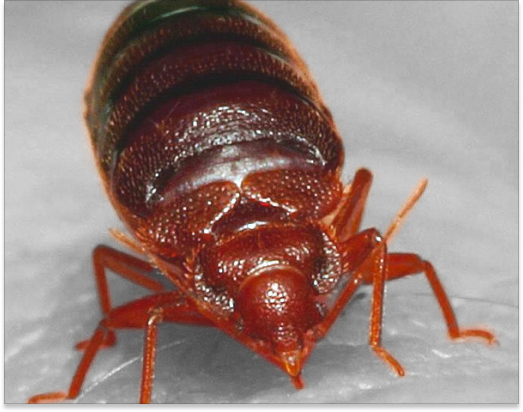
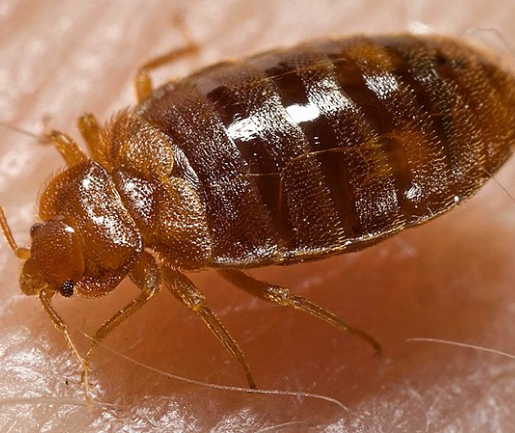
Cimex Hemipterus, a tropical bed bug, thrives in warm and humid regions. Much like Cimex lectularius, this species feeds on the blood of humans and animals. They are small, reddish-brown insects that grow to about 4-5 mm. Their oval, flattened bodies help them hide in cracks and crevices.
While Cimex hemipterus is mainly active at night, it can also bite during the day if the environment is too hot or dry. They prefer to live near water to provide moisture for their larvae. To spot an infestation, look for these bugs near beds or other resting places. Signs include tiny red blood spots on sheets, brown fecal streaks, and discarded skins.
Leptocimex Boueti bed bugs can be a challenging pest to manage if they infest your home. They primarily feed on humans, usually at night, but may also emerge during the day if conditions are too hot or dry. These pests often stay near water sources to ensure their larvae have access to fresh water, although they do not live in water.
Adult Leptocimex Boueti are similar in size to an apple seed, with a flat, oval shape. They are reddish-brown and turn darker after feeding. They have long antennae and compound eyes that resemble raspberries. These bed bugs have three pairs of legs, and their bodies can swell during feeding. If you suspect an infestation, it is crucial to take immediate action. Orangevale Pest Control can effectively address the problem and prevent further spread of these pests.
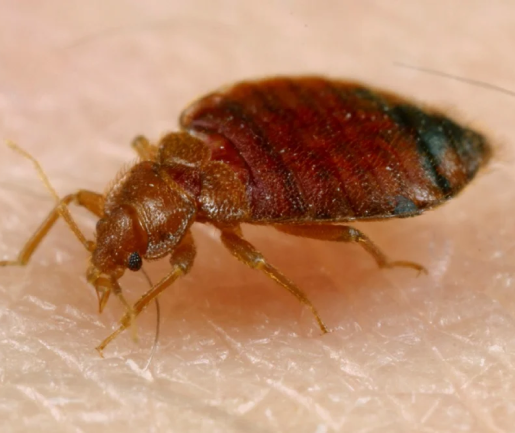
Bed bug eggs are very small and hard to detect, being around 1mm in size, similar to a pinhead. Their pearl-white color makes them blend in with light-colored backgrounds. Eggs older than five days may show a small eye spot.
Bed bugs usually lay their eggs in hidden, safe areas close to their food sources. These places include mattress seams, crevices in box springs, and beneath baseboards. Female bed bugs can lay up to five eggs each day, with hatching taking place in 4-12 days. If left untreated, these eggs can lead to new infestations.
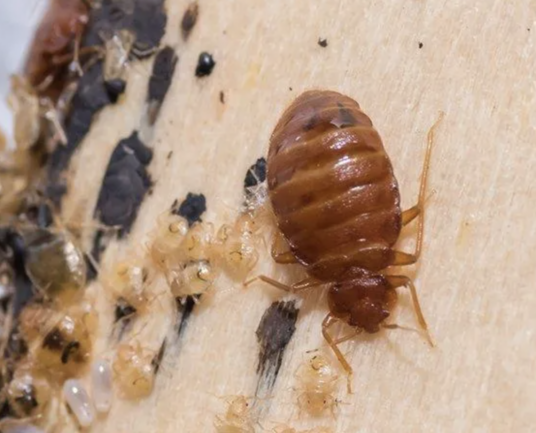
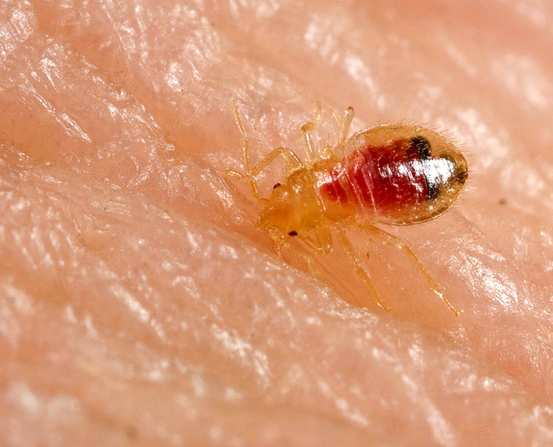
Young bed bugs, or nymphs, go through five stages of development before they become adults. They are smaller and lighter in color than adults, making them difficult to see. Each stage requires a blood meal to molt to the next, typically taking 5-10 minutes to feed.
Nymphs often hide near sleeping or resting areas, such as in mattress seams, bed frames, and tiny cracks. Evidence of nymphs includes small pale bugs and tiny blood stains on bedding. Effective treatment targets these areas to eradicate all nymphs.
Adult bed bugs are small, reddish-brown insects, approximately the size of an apple seed, with flat, oval bodies that enlarge after they feed. They feed on human blood, often biting during the night when their hosts are asleep.
These bugs usually hide in areas close to sleeping people, such as mattress seams, bed frames, and nearby furniture. They can also be found behind electrical outlets and picture frames. Signs of an infestation include red blood stains, brown fecal spots, and shed skins. Regular inspections can help detect and manage bed bug problems early.

Orangevale Pest Control begins bed bug treatment with a comprehensive inspection by our trained inspectors. They locate bed bugs by signs or photos and give a preparation sheet with guidelines. Customers need to prepare by removing items from walls, vacuuming infested areas, and washing bedding and clothing. Our technicians treat the entire room, focusing on furniture legs, moldings, cracks, crevices, bed frames, headboards, box springs, and mattresses. The covering under the box spring must be removed for the treatment to be effective. Treated rooms should stay unoccupied for at least three hours.
Depending on how severe the infestation is, we recommend 3-4 treatment sessions. The cost is determined after inspection. Our treatments are pet-friendly, but we advise vacating the premises for 3-4 hours during and after treatment. A 30-day warranty is offered for whole-home treatments. Following our preventive measures and maintaining cleanliness helps prevent future infestations. Our methodical and effective approach ensures complete bed bug removal, giving our clients peace of mind.
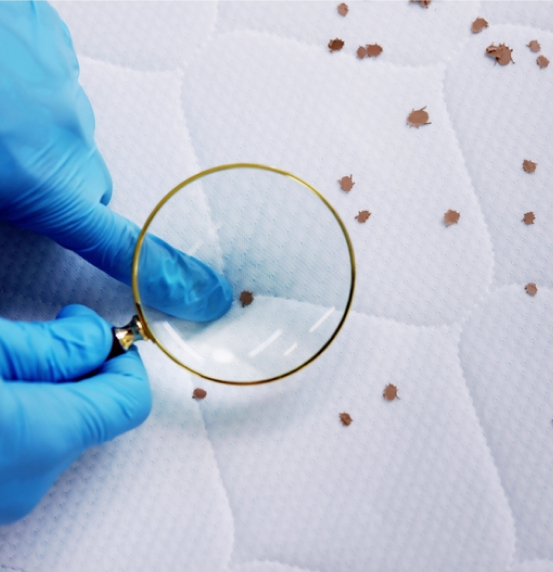
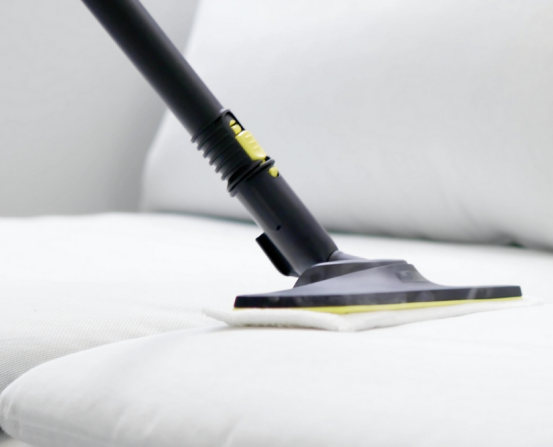
We offer a free follow-up treatment two weeks after the first bed bug service. This follow-up involves applying an insect growth regulator to disrupt the bed bugs’ life cycle. Any remaining eggs or nymphs will be treated to prevent them from becoming adults.
Our technicians will revisit the treated areas to check for any signs of bed bug activity. This additional step offers an extra layer of security and reassurance. With our follow-up, you can be confident that we are focused on completely eliminating bed bugs from your home.
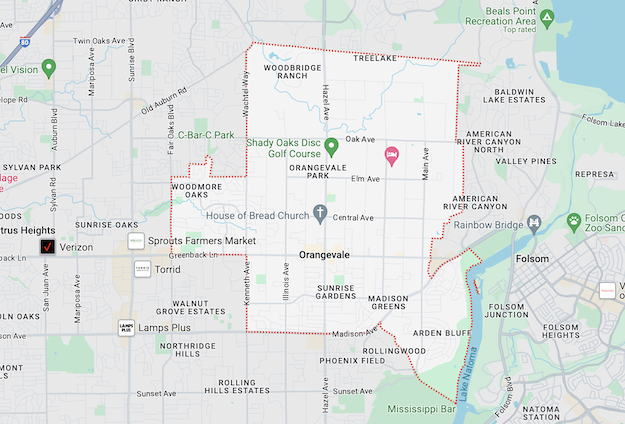
Limited time offer! Get $50 off your first pest control service.

Barrier Services
Orangevale Office
© Orangevale Pest Control 2024